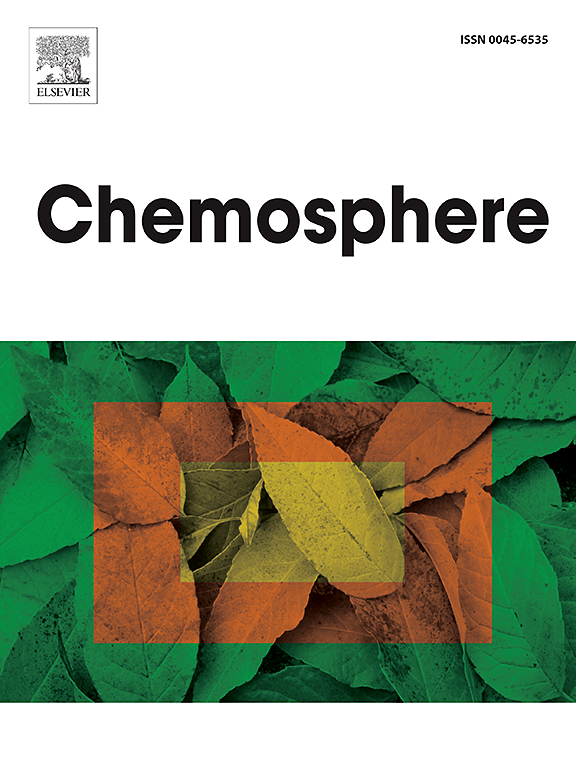Differentiating winter haze episodes: Assessing the separate impacts of transported air masses and domestic emissions
IF 8.1
2区 环境科学与生态学
Q1 ENVIRONMENTAL SCIENCES
引用次数: 0
Abstract
This research aims to distinguish between winter haze events resulting from long-range transport and those resulting from local atmospheric stagnation in Seoul. Aerosols were monitored using a Time-of-Flight (ToF) Aerosol Chemical Speciation Monitor at Mt. Gwanak (629 m) and a high-resolution ToF Aerosol Mass Spectrometer at the Korea Institute of Science and Technology in Seoul. Corresponding data were collected at the Beijing site in China for comparison. Air-mass observations at Mt. Gwanak revealed distinct diurnal patterns contrasting with the ground-based data from the aerosol mass spectrometer, which successfully distinguish haze episodes driven by long-range transport from those caused by local emissions. Two of three high-concentration episodes were dominated by long-range transport, marked by elevated levels of nitrate, sulfate, and oxidized organic aerosol (OA). The local-emissions-dominated episode exhibited an increased share of primary OAs (cooking OA, biomass-burning OA, and hydrocarbon-like OA). Interestingly, cooking OA exerted a major impact during the nighttime, comprising 31.7 % of the observed NR-PM1.0 and up to 60 % of OA when local emissions were the primary driver of haze formation. This finding underscores the importance of mitigating cooking OA emissions in the region.

区分冬季雾霾事件:评估输送气团和家庭排放的单独影响
本研究旨在区分由远距离输送引起的冬季雾霾事件和由局地大气停滞引起的冬季雾霾事件。使用位于冠岳山(629米)的飞行时间(ToF)气溶胶化学形态监测仪和位于首尔的韩国科学技术研究所的高分辨率ToF气溶胶质谱仪对气溶胶进行监测。在中国北京站点收集相应数据进行比较。与气溶胶质谱仪的地面数据相比,冠岳山的气团观测显示了不同的日模式,后者成功地区分了由远程传输引起的雾霾事件和由当地排放引起的雾霾事件。三次高浓度事件中有两次以远距离迁移为主,其特征是硝酸盐、硫酸盐和氧化有机气溶胶(OA)水平升高。在以地方排放为主导的时期,主要OA(烹饪OA、生物质燃烧OA和类碳氢化合物OA)的比例增加。有趣的是,烹饪的OA在夜间产生了主要影响,占观测到的NR-PM1.0的31.7%,而当当地排放是雾霾形成的主要驱动因素时,OA占比高达60%。这一发现强调了减少该地区烹饪OA排放的重要性。
本文章由计算机程序翻译,如有差异,请以英文原文为准。
求助全文
约1分钟内获得全文
求助全文
来源期刊

Chemosphere
环境科学-环境科学
CiteScore
15.80
自引率
8.00%
发文量
4975
审稿时长
3.4 months
期刊介绍:
Chemosphere, being an international multidisciplinary journal, is dedicated to publishing original communications and review articles on chemicals in the environment. The scope covers a wide range of topics, including the identification, quantification, behavior, fate, toxicology, treatment, and remediation of chemicals in the bio-, hydro-, litho-, and atmosphere, ensuring the broad dissemination of research in this field.
 求助内容:
求助内容: 应助结果提醒方式:
应助结果提醒方式:


